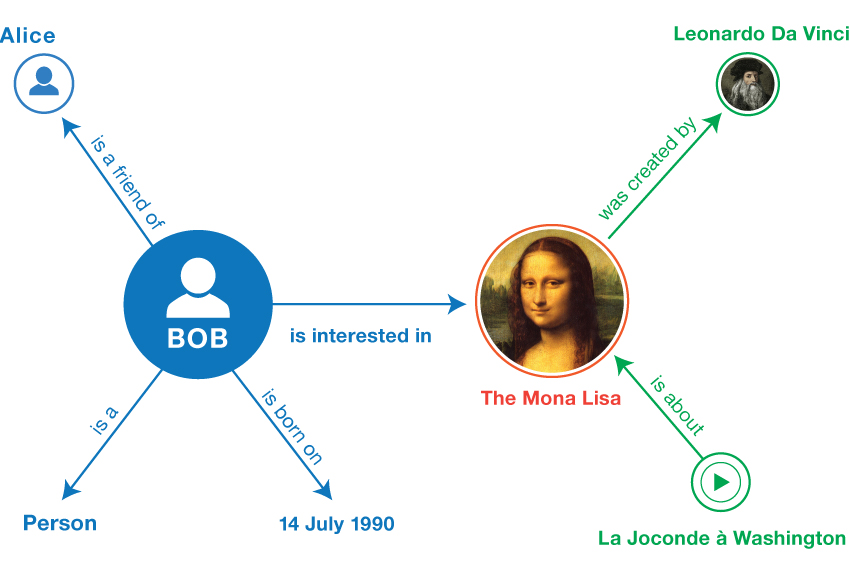About the topic
According to Francis T. Marchese (2013: p.359), medieval visualization of an abstract notion of virtues and vices is the evidence of early attempts of visually representing and communicating complex knowledge using allegory. The author defines an allegory as a representational scheme purpose of which is a delivery of a story through the symbols that have both literal and figurative connotations. In our case, the abstract idea of virtues and vices is communicated via visual personification that surpasses the limitations of textual learning allowing the viewer to absorb the knowledge quicker. Ideas of virtues and vices originated in the moral philosophy writings of Classical Antiquity, initially with four virtues- prudence, justice, fortitude, temperance. The list of virtues increased to seven in early Christianity with the addition of faith, hope and charity. Vices, on the other hand, were first identified in their relations to virtues by early Christian scholar Evagrius Ponticus, who analyzed their psychosomatic and psychological phenomena. The seven virtues (prudence, justice, fortitude, temperance, faith, hope, charity) and vices (pride, envy, idleness, sadness, avarice, gluttony, and lust) as we know them now were formally recognized as being of religious importance in the late 6th century by Pope Gregory I.

Throughout history, the concepts of virtues and vices have been visualized in various allegorical ways – as a ladder, a tree, and as women characters, all of which had a goal of guiding the faithful through the confrontation of virtues and vices in Man’s soul. The display of v&v as female figures dates to the ‘Psychomachia’ (soul battle), written by the Christian poet Prudentius in the late 4th century. It is assumed that Psychomachia paved the way for a new genre of religious literature and theatrical performances popular in the Middle Ages (Nugent: 2000, p.13-28). Women were often depicted with masculine characteristics, for example, being dressed in male battle armour, that aimed at conveying the spiritual struggle embodied by these figures. From the 9th century, they appear with symbolic items - for example, justice with a sword or a scale, temperance with a flame and fortitude with a shield. By the 16th century, however, very few artists referenced armoured female characters of Prudentius in their works. An exception to this was the Westphalian print-maker Heinrich Aldegrever (1502-1555), who created two series of engraved images 10x6 cm, one of virtues and one of vices, which Aldegrever chose to depict as allegorical figures of dynamic female warriors to convey the spiritual struggle, which is linked to the Psychomachia. His illustrations are full of symbols such as animals that suggest the reference to the heraldic tradition of his time, which would have been familiar to his intended audience. Each female figure is carrying a banner demonstrating either righteousness or immorality through the symbols. At the bottom of every image the artist put a sentence in Latin describing the virtue or vice. According to Marie Murphy (2017: p.1-15), Aldegrever’s works should not be seen as solely illustrative, but also as an instructive tool that helps the viewer to recall moral lessons of the religious texts “yet were able to stand independently of the source material”.



